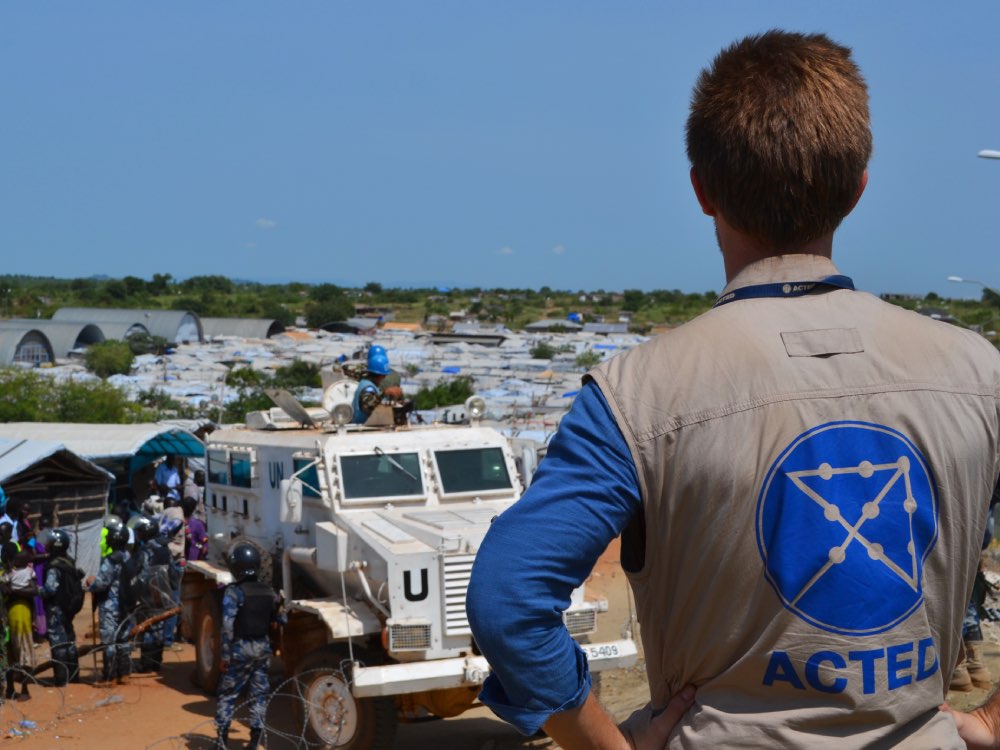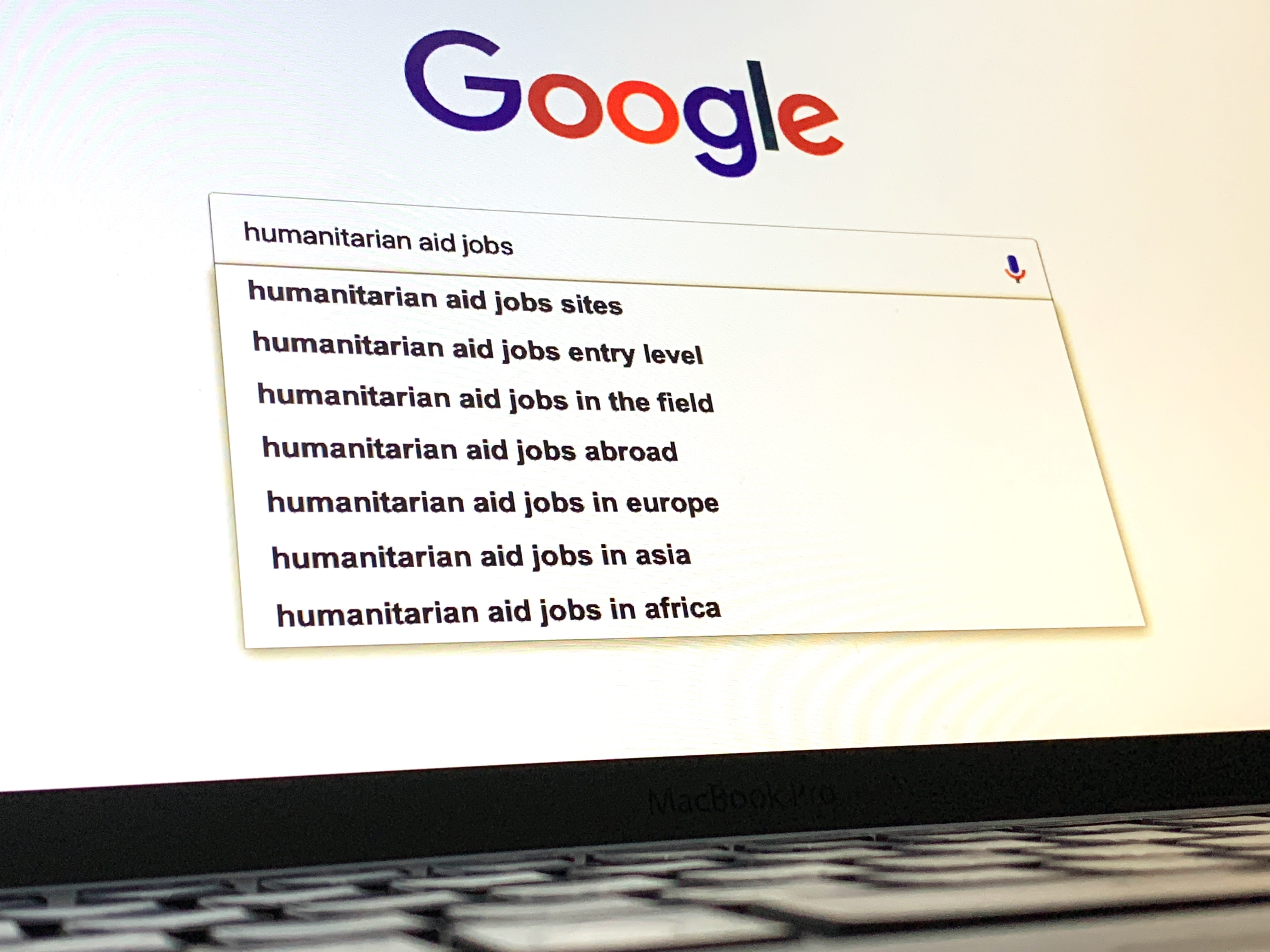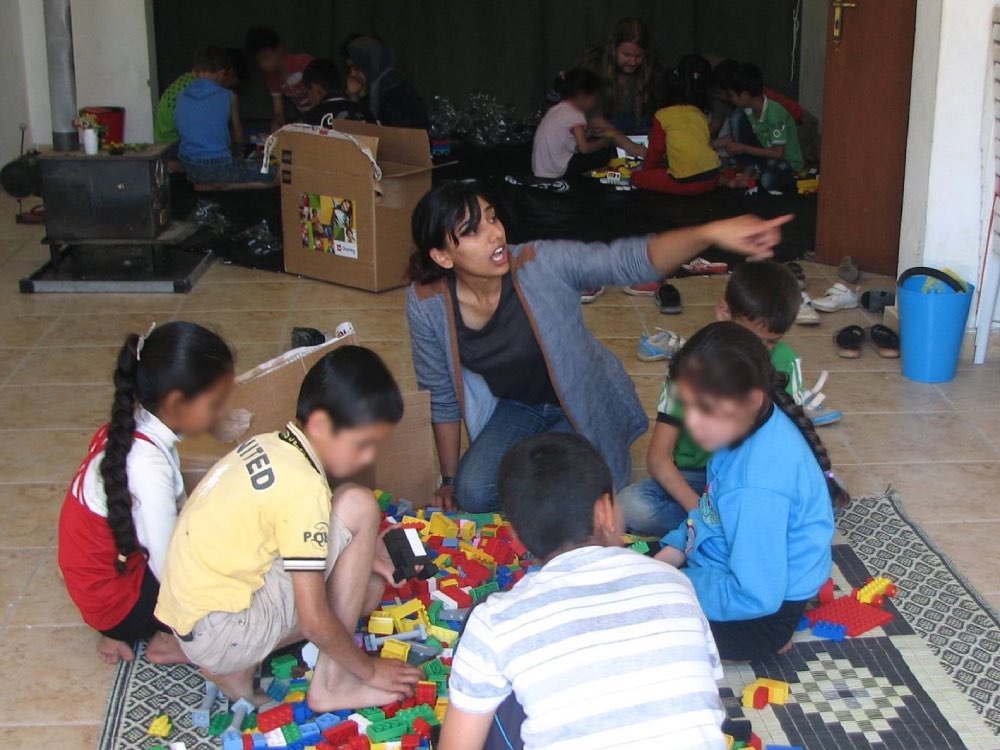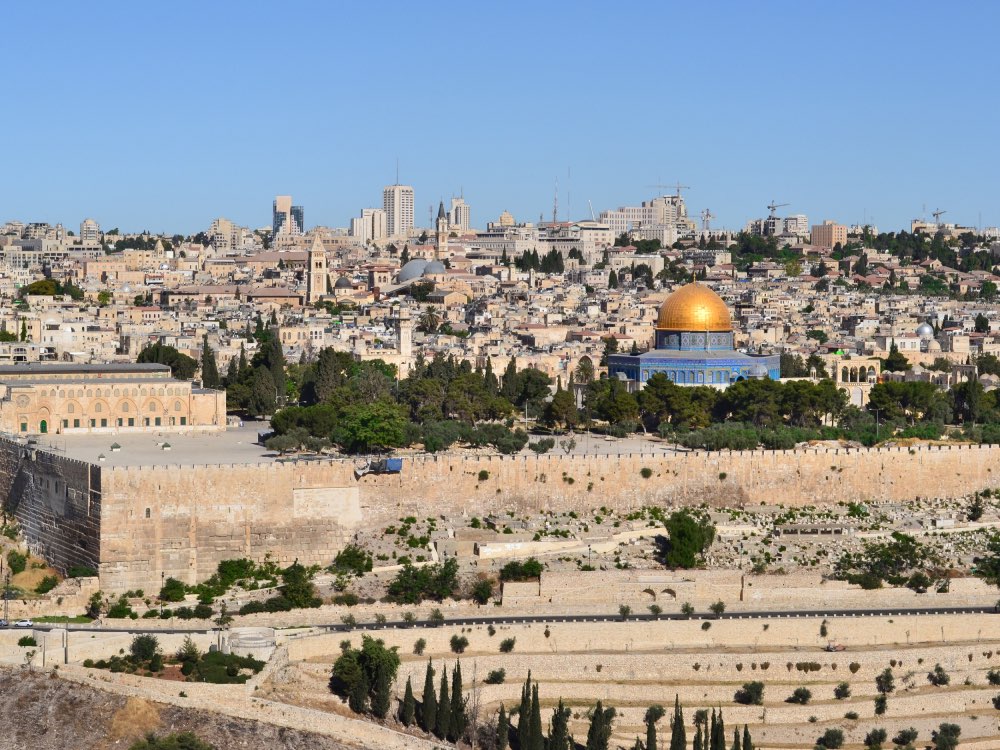
The mirage of "the field"
Some aid workers spend their career chasing the field. It’s an illusion that is always just over the horizon.
Imagine the scene:
You are working at the headquarters of your chosen humanitarian agency in Geneva, Rome, Paris, or another holiday-destination European city. An assignment comes up for you to go to South Sudan on a “mission” – which is humanitarian slang for what everyone else in the world just calls “business travel”.
Finally, the field! you think to yourself. You excitedly pack sunscreen and your many-pocketed, logo-emblazoned vest and prepare for your first taste of real aid work.
But when you land in the capital, Juba, you notice that all of your colleagues look like they shower regularly and none are wearing their vests. Nearly everyone spends their days working in the office (they call it the “country office” which sounds rather sumptuous to you), but the Wifi is admittedly slower than at HQ. It’s not what you expected, but you’re just happy to be there.
Then one of your new colleagues mentions that she is going to the field next week to monitor a food distribution on the other side of the country. She asks if you want to come along. “Of course!” you eagerly agree, mumbling to yourself, “But I thought we were already in the field?”
On Monday morning you fly out of the capital in a small propeller plane and two hours later make a bumpy landing on a dirt runway in a medium-sized town. Your colleagues who greet you appear unshaven, slightly dishevelled, and – look! – some are even wearing their vests. There is an office, but everyone calls it a “sub-office” which sounds rather cool to you. It’s made from shipping containers and when the power goes out sporadically nobody stops working. Most of your colleagues spend their days in the nearby displaced persons camp and they come back to the office sweaty and tired. This must be the field, you tell yourself. You’ve finally made it.
But then, early one morning you catch one of your colleagues plodding out of the (sub-)office with his backpack slung over his shoulder, bulging more than usual.
“R&R?” you ask with a grin.
“No, heading to the field!” he says with a curious mix of excitement and dread. “Ten days sleeping in a tent.”
He hops onto an old Soviet-era helicopter and the blades begin to spin.
“What?” You shout, raising your voice over the deafening whir. “But I thought this was the…”
The thumping rotors drown out your question. You watch your colleague lift off the tarmac and buzz over the horizon. With a sigh, you conclude that he must be destined for that even-more-fabled land: the deep field.
The five levels of the field
Unlike Dante’s depiction of the afterlife, there are only five levels of the field. But like Inferno, it does usually get hotter (and more humid) the further down you go.
- Headquarters: Usually in a European or North American city, which says something about the international power dynamics of the aid industry. Your social life here is amazing, with a variety of hobbies and friends to enjoy after work and on the weekends. You live in a small, stylish apartment. However your job is rather uninspiring and you feel disconnected from the aid work that your organisation is doing. You think that you’d like to come back to work here in 5-10 years when you have a family. Nobody would consider this the field.

- Country Office: Always in a capital city, whether Kinshasa, Kabul, or Kuala Lumpur. Here your friend circle is limited, but there is still a large and diverse community; you find friends with whom you can do yoga or take weekend trips. Depending on your organisation and its security restrictions, you may either live in your own apartment or in a compound with your colleagues. Even though you are in the country, you may rarely see any project activities from here; your work will mostly involve reports and meetings with donors. But people visiting from HQ consider this the field.

- Sub-Office: Typically in a mid-sized provincial city. Getting here requires a domestic flight, and living here requires an acceptance of your co-workers as your friends. The chances of having a private apartment are slim, and you probably live in a securitised compound. Your social life is cramped due to security restrictions and evening curfews. Depending on the location it can be lonely, but some sub-offices are large and lively. If there is a war or natural disaster happening in the country, the front line is probably less than an hour away. So it’s very likely you are doing the actual implementation of your emergency projects and seeing beneficiaries on a regular basis, which is extremely rewarding. Nobody would doubt that this is the field, but some days you are occasionally stuck behind a laptop.

- Field: Once you get beyond (or below) the sub-office level, a few things change: Usually you can’t be “posted” here, which means you don’t actually live here. You only visit for a short period of time “on mission”, typically from several days to a few weeks. You sleep in a container or a building made out of local materials. You’re happy if there is consistent electricity, Wifi, and hot water. There is no social life and no real friends, since you only visit on short missions and, anyways, there are only 2-3 other people here. In order to distract yourself from the social boredom and loneliness, you work constantly. But therein is the silver lining: the work is extremely hands-on and very gratifying. Quite often you will be doing the actual life-saving emergency response work yourself. This is the field.

- Deep Field: Most likely in a mountain valley, a flooded river plain, or an unending stretch of desert. The only way to reach here is by helicopter, boat, or teeny tiny propeller plane. You sleep in a tent under a mosquito net and you don’t shower during your time here, but luckily for you (and your colleagues who have to smell you) deep field missions are short. If there is an ongoing natural disaster or armed battle, you will be in the thick of it. There is no social life, but then again you’re not thinking of that because of the dire conditions and tragic scenes around you. People are suffering and there is more work to do than you can possibly accomplish yourself, which is almost disheartening.

The mirage
There is a hierarchy – a pecking order, an unspoken competition – among humanitarians about the field and its five levels. The sentiment usually goes something like: You’re not a real humanitarian unless you’ve been to the field, and the more years that you’ve spent there the more of a bona fide aid worker you are.
The result is that the well-dressed Donor Relations Officer who has spent his career flitting between HQ and country offices is ridiculed, while the lonely, grizzled Emergency Response Officer who spent the last five years in remote war zones is applauded.
In reality, the hierarchy is nonsense.
Any amount of time spent in the field will yield vivid experiences and rewarding opportunities to help people, but don’t get sucked into doing field work for the sake of earning legitimacy in the industry. Find your field sweet spot – the place where you are challenged, inspired, and able to make a difference – and aim for that. If you’re bored working in headquarters, go further out. If you’re lonely and exhausted working in the deep field, come back in a bit.
The fact is, the field is a mirage. It’s always just over the horizon, at the next duty station. There will always been another humanitarian who’s been further afield than you.
It’s important to remember that even the most seasoned humanitarian field specialist is merely a visitor in these remote and challenging locations. The people who live there – the survivors of the circumstances that prompt the aid worker visits – are the ones to be admired.
January 2022
Related posts
Don’t bother with the United Nations. Aim for NGOs that you’ve never heard of before.
You could skip this article and just go to ReliefWeb. But why skip all the fun?
The Syria-based Protection specialist reflects on the power dynamics of aid and the privileged position that humanitarians often have in fragile countries.
Growing up in rural Sweden, the Red Cross delegate never aimed to be an aid worker. Now, at 33, he has built a career working with communities amid crisis and conflict.
An unlucky number of true anecdotes, success stories, and lucky breaks.
From medical assistance and food distribution to logistics and finance, your humanitarian career is shaped by your technical specialisation.
Hiring managers from across the aid industry give their advice on what makes a great CV and cover letter. However, they don’t always agree.
The veteran Camp Manager explains why the job is among the most challenging in the industry. And why, after nine years, it’s also her favourite.









